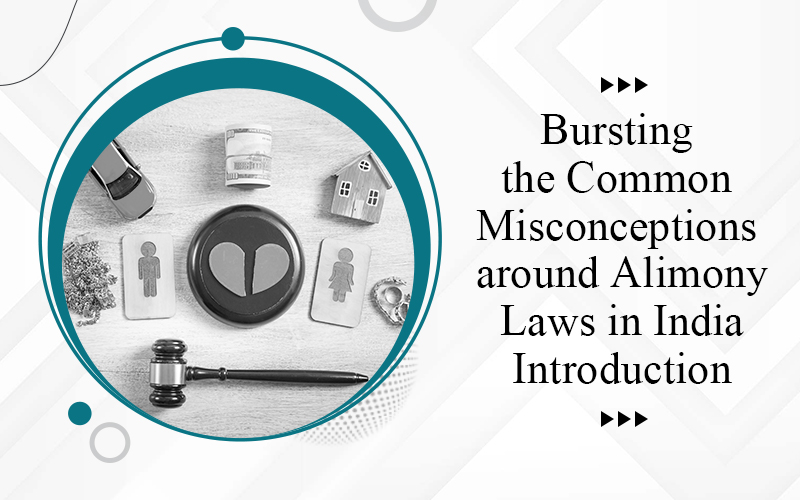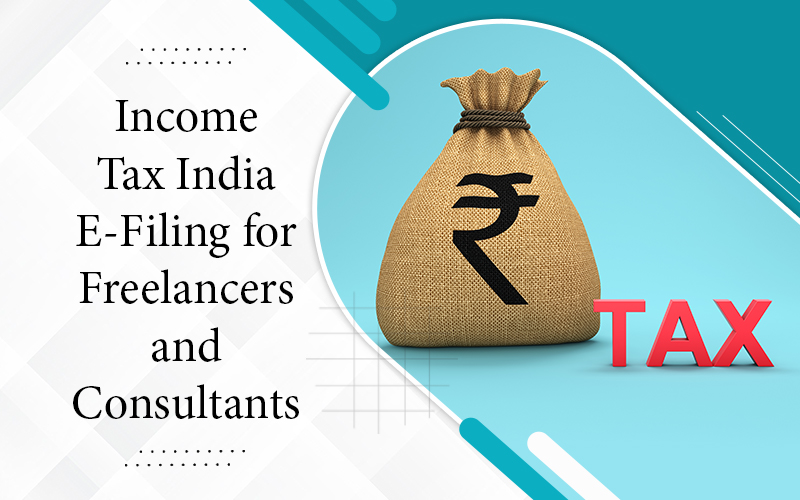Insolvency & Bankruptcy in India
In recent years, discussions surrounding insolvency and bankruptcy have gained prominence in India, particularly with the introduction of the Insolvency and Bankruptcy Code (IBC) in 2016. While these terms are often used interchangeably, they represent distinct legal concepts with significant implications for businesses and individuals facing financial distress. This article aims to elucidate the disparities between insolvency and bankruptcy laws in the Indian context, exploring their definitions, processes, and objectives.
Understanding Insolvency in India
Insolvency refers to the financial state of an individual or entity when they are unable to pay their debts as they become due. It is a condition characterized by a lack of liquidity to meet financial obligations, thereby jeopardizing the solvency and viability of the debtor. In India, insolvency is addressed through the Insolvency and Bankruptcy Code, 2016, which provides a comprehensive framework for resolving insolvency issues efficiently and expeditiously.The insolvency process in India primarily revolves around two mechanisms: Corporate Insolvency Resolution Process (CIRP) and Individual Insolvency Resolution Process (IIRP). Under the CIRP, insolvent corporate entities undergo restructuring or liquidation, facilitated by a resolution professional appointed by the National Company Law Tribunal (NCLT).
Key Features of Insolvency:
- Resolution Process: The primary objective of insolvency proceedings is to facilitate the revival of financially distressed entities, thereby preserving economic value and safeguarding stakeholders’ interests. Through mechanisms like debt restructuring, asset monetization, and management takeover, insolvency frameworks aim to rehabilitate insolvent entities and promote their continued operation.
- Creditor Rights: Insolvency laws in India prioritize the rights of creditors, providing them with a structured mechanism to recover outstanding dues from defaulting debtors. Creditors play a pivotal role in initiating insolvency proceedings and participating in the resolution process, ensuring transparency and fairness in debt recovery efforts.
- Judicial Oversight: The insolvency process is subject to judicial oversight, with the NCLT serving as the adjudicating authority for corporate insolvency cases and the Debt Recovery Tribunal (DRT) handling individual insolvency matters. Judicial intervention ensures adherence to statutory provisions, protection of stakeholders’ interests, and equitable distribution of assets during liquidation.
- Timely Resolution: One of the key objectives of insolvency laws is to expedite the resolution of distressed assets, minimizing delays and maximizing value realization for creditors. The Insolvency and Bankruptcy Code mandates strict timelines for resolution proceedings, promoting efficiency, and accountability in the insolvency ecosystem.
Understanding Bankruptcy in India
While insolvency denotes the financial inability to meet debt obligations, bankruptcy refers to the legal status of a debtor declared by a court upon the fulfillment of certain conditions. In essence, bankruptcy is a formal acknowledgment of insolvency, entailing legal consequences such as asset liquidation and discharge of debts. In India, bankruptcy proceedings are governed by the provisions of the Insolvency and Bankruptcy Code, which encompass both corporate and individual bankruptcy regimes.The bankruptcy process entails the adjudication of insolvency petitions by the relevant judicial authority, followed by the initiation of bankruptcy proceedings against the debtor. Once declared bankrupt, the debtor’s assets may be liquidated to satisfy creditor claims, and a discharge order may be issued, releasing the debtor from their outstanding liabilities subject to certain conditions.
Key Features of Bankruptcy:
- Legal Status: Bankruptcy entails the formal recognition of an individual or entity’s insolvency by a court of law, triggering legal consequences such as asset seizure, debt discharge, and imposition of restrictions on financial activities. It serves as a mechanism for debtors to obtain relief from overwhelming financial burdens and embark on a fresh financial start.
- Asset Liquidation: In cases of bankruptcy, insolvent debtors may undergo asset liquidation, wherein their non-exempt assets are sold off to repay creditors’ claims. The proceeds from asset realization are distributed among creditors in accordance with the priority established by bankruptcy laws, ensuring equitable treatment of creditors and maximizing recovery rates.
- Debt Discharge: Bankruptcy proceedings may culminate in the discharge of the debtor’s outstanding debts, relieving them of the legal obligation to repay certain liabilities. However, not all debts may be dischargeable under bankruptcy laws, as certain obligations such as taxes, alimony, and student loans may survive bankruptcy and remain enforceable against the debtor.
- Rehabilitation and Fresh Start: Despite the stigma associated with bankruptcy, it serves as a vital mechanism for debtors to attain financial rehabilitation and embark on a fresh start. By eliminating oppressive debts, bankruptcy enables individuals and businesses to reorganize their finances, rebuild their creditworthiness, and regain financial stability over time.
Distinguishing Insolvency from Bankruptcy:
While insolvency and bankruptcy are closely related concepts, they differ in terms of their legal nature, objectives, and procedural intricacies:
- Legal Status: Insolvency denotes a financial condition characterized by the inability to meet debt obligations, whereas bankruptcy represents the formal legal status conferred upon an insolvent debtor by a court of law.
- Objectives: Insolvency laws primarily focus on the efficient resolution of financial distress, with an emphasis on rehabilitating insolvent entities and maximizing creditor recovery. In contrast, bankruptcy laws aim to provide debtors with a fresh start by discharging eligible debts and facilitating financial rehabilitation.
- Process: Insolvency proceedings encompass diverse mechanisms such as debt restructuring, asset monetization, and management takeover, aimed at preserving economic value and resolving financial distress. On the other hand, bankruptcy proceedings involve the adjudication of insolvency petitions, asset liquidation, debt discharge, and imposition of legal restrictions on the debtor’s financial activities.
- Participants: Insolvency proceedings typically involve stakeholders such as debtors, creditors, resolution professionals, and adjudicating authorities, working collaboratively to achieve the best possible outcome for all parties involved. In contrast, bankruptcy proceedings primarily revolve around the debtor’s interaction with the judicial system, with creditors playing a secondary role in asset realization and debt recovery.
Conclusion:
In conclusion, while insolvency and bankruptcy are often used interchangeably, they represent distinct legal concepts with profound implications for debtors, creditors, and the broader economy. Insolvency denotes the financial inability to meet debt obligations, whereas bankruptcy signifies the formal legal status conferred upon insolvent debtors by a court of law. Understanding the disparities between insolvency and bankruptcy laws is crucial for navigating financial distress effectively, facilitating debt resolution, and promoting economic revitalization in India. By embracing comprehensive insolvency and bankruptcy frameworks, policymakers can foster a conducive environment for debt restructuring, creditor protection, and sustainable economic growth in the years to come.




